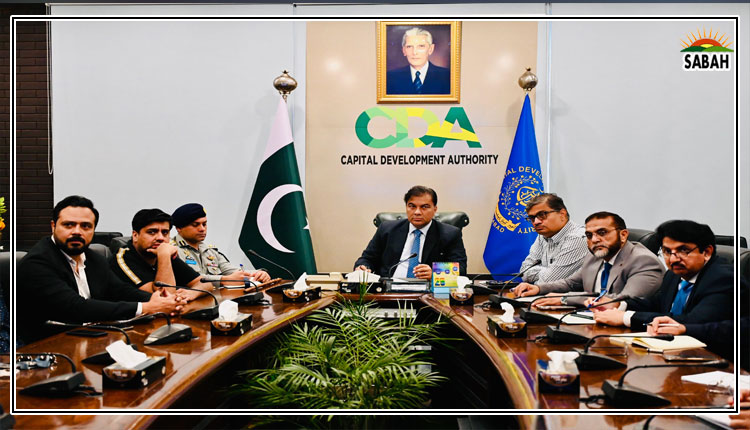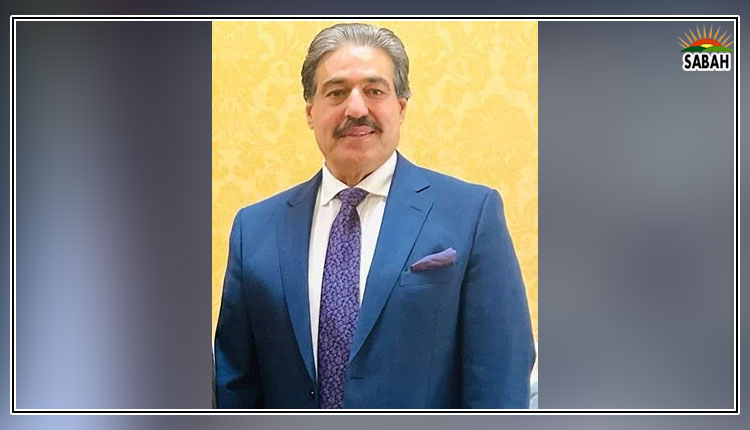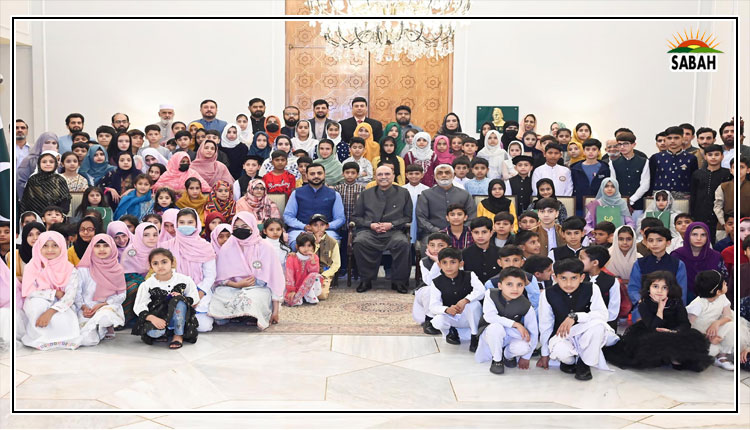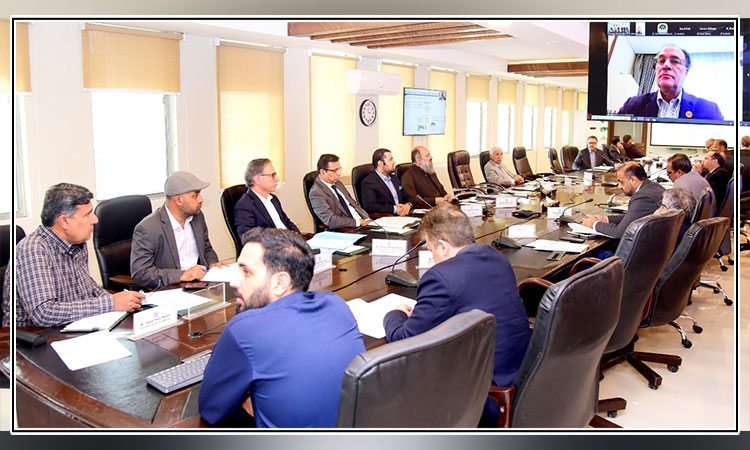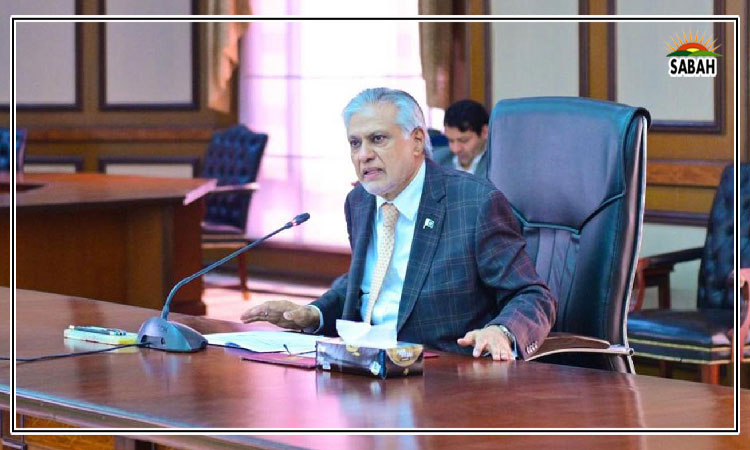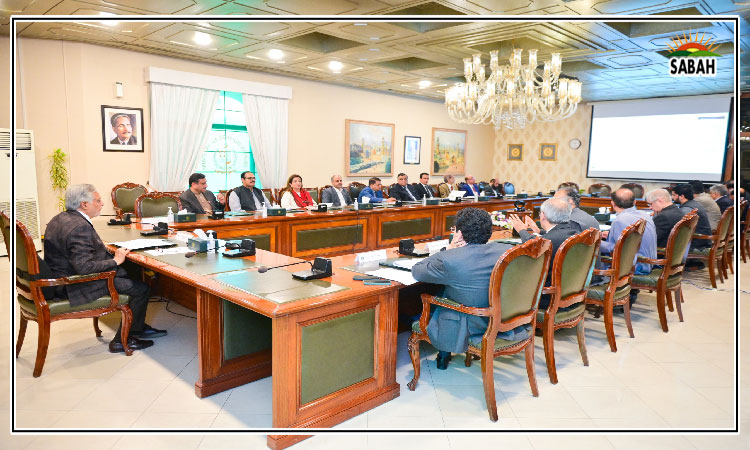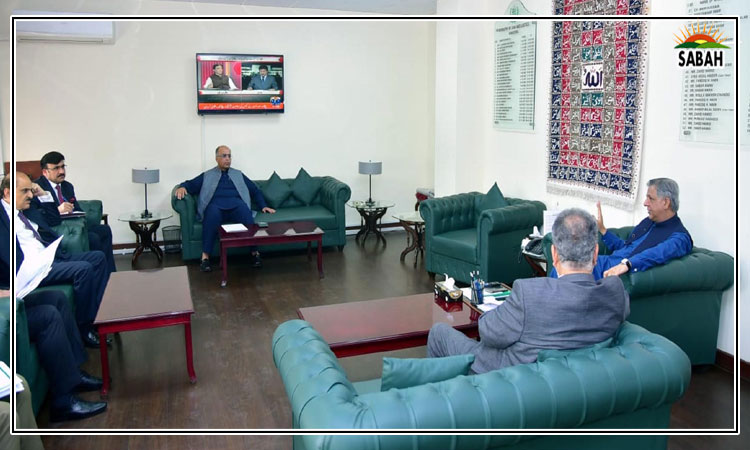The RBOD conundrum…Naseer Memon
PRACTISING intensive irrigation, having a flat topography and being located at the tail of the river basin, Sindh needs an efficient drainage network. It has a sprawling network spread over three barrages, 14 main canals and 106 branch canals to cater to a canal command area of 12.8 million acres (5.6m hectares). But a major challenge for Sindh is its poor natural gradient of six inches per mile (9.5 centimetres per kilometre). This is the main reason for waterlogging and salinity in the irrigated belt.
The Sukkur Barrage, constructed in 1932, shaped the sociology and economy of Sindh. The barrage feeds seven main canals. The designers of this gigantic irrigation system knew that a perennial sheet of water would keep the soil moist throughout the year. The Report on the Lloyd Barrage and Canals Project in Sindh, authored by Sir Visvesvaraya and Nawab Ali Nawaz Jung Bahadur in 1929, reads: the future progress of irrigation will depend upon the extent to which the subsoil water level is kept under control in the irrigated tracts. The problem of subsoil water and drainage is vitally connected with the success of the Barrage scheme.
Due to the extensive cultivation of the paddy crop, the right bank area is vulnerable to waterlogging and therefore requires drainage to keep the soil salt-free. Drainage projects constructed by 1970 included SCARP-Khairpur, the Shikarpur and Larkana Pilot tube-well projects, and the Larkana-Sukkur surface drainage project. More comprehensive studies were conducted under the Development of The Lower Indus Region project. Extensive research was undertaken by Mott MacDonald International Ltd, UK, in association with Hunting Technical Services Ltd, UK, producing several reports in 1966. A revised plan for integrated development of the right bank of the Indus was developed in 1992.
The Main Nara Valley, an old creek of the Indus, was designed as part of the Sukkur Barrage project to divert the torrents of the Kirthar Hills to Manchhar Lake. In 1976, Wapda converted the MNV from a freshwater channel to an open-surface conduit to drain agricultural effluent of the right bank districts. In November 1993, then prime minister Benazir Bhutto directed Wapda to immediately activate RBOD-1. The PC-1 of Rs25.47 billion was prepared and four construction stages were planned. A major challenge was the ultimate outfall of the drain. The various options suggested in technical studies entailed different technical, financial and environmental limitations. A RBMP (Right Bank Master Plan) report mentioned that routing the effluent of stage-1 through Manchhar was technically possible but the impact would be harmful.
Work on the RBOD-II project has not proceeded for the last five years.
Experts also suggested an option of transporting effluent to the other side of the Indus through a siphon and connecting it with the Left Bank Outfall Drain after remodelling it. Dumping RBOD effluent into a vast open depression in the foothills of the Kirthar Hills near Sehwan also came under discussion. All these options were found to be impractical.
The feasibility study suggested another option of discharging the drain into the Indus through a new Indus link channel along Wahr Dhoro, just north of Sehwan. However, the proponents were cautious about the impact on the Indus water; therefore, it was proposed that stages 3 and 4 be implemented after observing the impact of the first two stages on the water quality of the Indus. Wapda continued to dump effluents into the Manchhar lake, which led to environmental havoc. Fish started diminishing, migratory birds vanished and people began to migrate owing to the loss of livelihood.
A summary of the Lower Indus Report had suggested in 1966 the draining of effluent on both banks through large drains into the Arabian Sea. To save Manchhar and the Indus, the Sindh government designed a new 273 km-long RBOD-II drain, connecting MNVD/RBOD with the Arabian Sea at Gharo Creek; it was intended to carry 3,525 cusecs of saline effluent. The project was conceived in 1996 and approved at a cost of Rs14bn. It was to begin in 2001. Later, then prime minister Zafarullah Jamali ordered the drain to be extended to Balochistans irrigated areas bordering Sindh.
In contravention of the RBMP guideline, Wapda embarked on all four stages simultaneously in 2004 without waiting to observe the impacts of stage 1 and 2. It glossed over the fact that discharging the highly contaminated effluent loaded with the residue of chemical fertilisers and pesticides would have catastrophic effects on the Indus during the lean flow months. Millions of people drink water from the Indus downstream in Jamshoro, Hyderabad, Karachi, Kotri, Tando Mohammad Khan, Badin, Thatta and Sujawal. Meanwhile, Manchhar became uninhabitable due to the incessant inflows from the RBOD project. In 2004, Hyderabad recorded over 50 deaths resulting from the consumption of contaminated water drawn from Manchhar Lake via the Indus.
The Sindh government continued with the execution of the RBOD-II. A major limitation was limited land space on the right bank. At many locations, the project runs very close to the Indus and requires stone pitching to avoid the effects of wave action as well as lining at various sections to avoid effluent from entering the river. The 2010 floods required repairs to, and additional flood protection measures for, the project. With the increased scope of the project, the cost escalated to Rs62bn. So far, over Rs35-40bn have been spent on the project.
Encountering several bottlenecks and lack of political will, work on the project has not proceeded for the last five years. The development plan for 2023-24 does not allocate funds for this project. Both the federal and provincial governments have abandoned this vital project and the effluent continues to devastate Manchhar. Abandoning this project will reduce productivity of the land due to poor drainage. Delay in execution will also escalate the project cost. There is an urgent need to complete the project to avoid further losses.
The writer is a civil society professional.
nmemon2004@yahoo.com
Courtesy Dawn, July 7th, 2023


